Growing Vegetables: How to Choose Seeds for Your Climate
Have you ever wondered why your vegetable garden isn't producing? There can be a number of factors that contribute to this. And sometimes, it's because you don't know how to choose seeds for your climate.
I'm going to walk you through the basics you need to know for a successful gardening year (and lots of fresh vegetables too)!

There's nothing as frustrating as planting, watering, caring for and watching your vegetable grow, only to end up with very little (or no) harvest in the end.
Have you ever experienced this before?
Your squash or pumpkin vines takes off and you feel sure it's going to be a good year. But nothing actually ripens before the fall frost kills it all.
Or maybe you plant corn, in hopes of having a full harvest. But the ears don't actually have a chance to mature before winter comes.
It happens with tomatoes. Beans. Peppers. Eggplant. Onions.
And it's enough to drive a gardener crazy.
All that work for nothing? I slaved away, weeding, watering and protecting my plants. Don't I even get a teeny, weeny, tiny harvest?
Often, a failed harvest isn't because you have poor soil. Or because you didn't water the garden enough. Sometimes, it has to do with the fact that you don't know how to choose seeds for your climate!
How to Choose Seeds for Your Climate
Contrary to how it may seem, it actually isn't difficult to choose seeds for your climate. You just need to figure out the following four things!
- Your last average frost of spring.
- Your first average frost of fall.
- Days between your last and first frost.
- The amount of days it takes for each vegetable variety to mature.
Once you know these things, you can choose seeds that will actually produce a harvest in your climate.
Find Your Last Average Frost of Spring
The first thing you need to figure out is how long your growing season actually is. You do this by finding your last average frost date of spring.
It's not hard! Just type your zip code into google with the words last average frost date and it'll pull up the average in your area over the past 80+ years.
Write that down.
And then it's time to find the average date of your first fall frost.
Find Your First Average Frost Date of Fall
To figure out when the first frost of fall usually comes in your area, repeat the above process. Only this time, type in your zip code with the words first average frost date and it'll give you an exact day or a week.
Write this one down too.
Count the Days Between Your Last Spring Frost and First Fall Frost
Before you start looking at seeds, take a quick moment to thumb through your calendar and count the days between your last spring frost and your first fall frost.
This is the average length of your growing season.
Also write it down.
Choose Vegetable Varieties That Will Mature in Your Growing Season
Once you know how long your growing season is, it's time to do some research and find vegetable varieties that will mature within that amount of time!

You can find the maturation dates in seed catalogs, on your seed packets and also on your seed company's website. Unlike you'd think, there can be real variance within a vegetable family.
Take cabbage, for example.
Some types of cabbage only take 60-75 days to form full heads (see image above). But the variety pictured below takes a whopping 105-110 days to mature!
If you have a short growing season, you should be trying varieties that mature quickly. Otherwise you might not get a harvest.

And then there's the question of how long you want your harvest to be!
I always think of my cucumbers as an example.
Even though I don't have to, I grow an early cucumber in my garden (it only takes about 45 days to mature vs some that take 65), so I can harvest for longer and have enough to make home canned dill pickles and crunchy fermented dill pickles.
I can rest assured that if we have an unreasonably cool year and things grow slower, I'll still get a harvest. And have plenty to spare!
So you see, it isn't difficult to learn how to choose seeds for your climate and vegetable garden. These 4 simple steps will set you up to succeed and enjoy the harvest too!
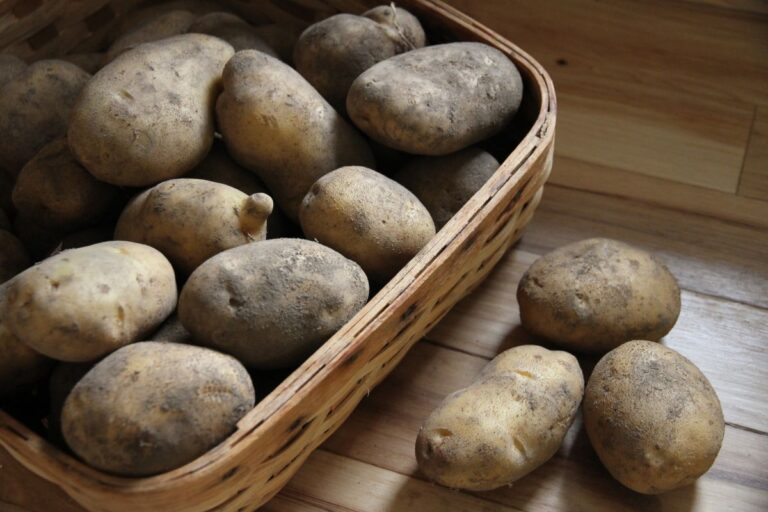
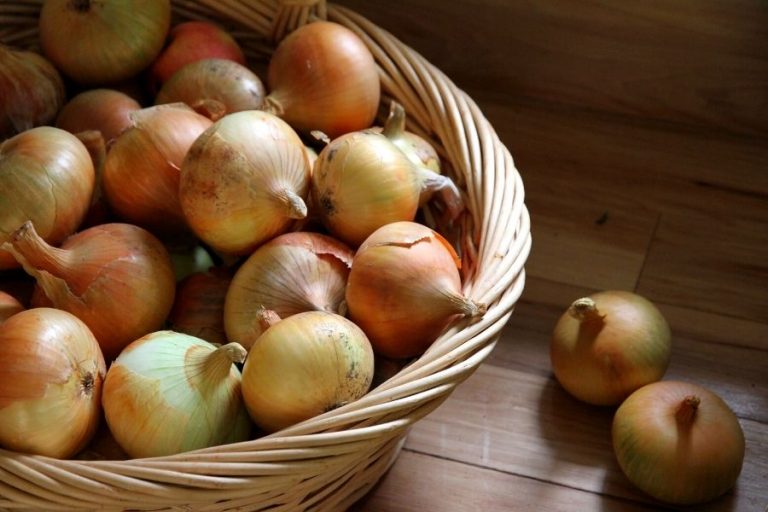
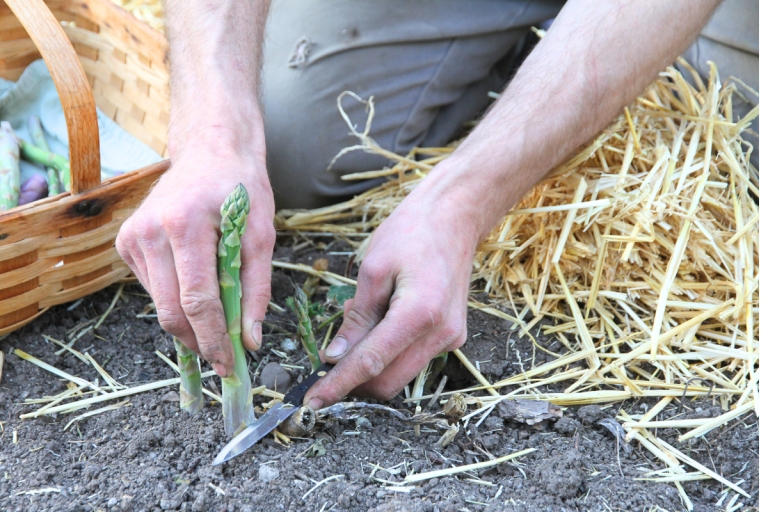
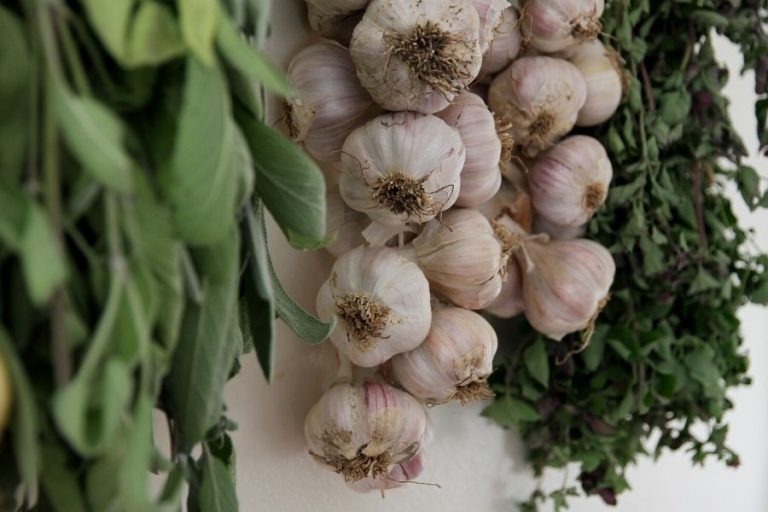
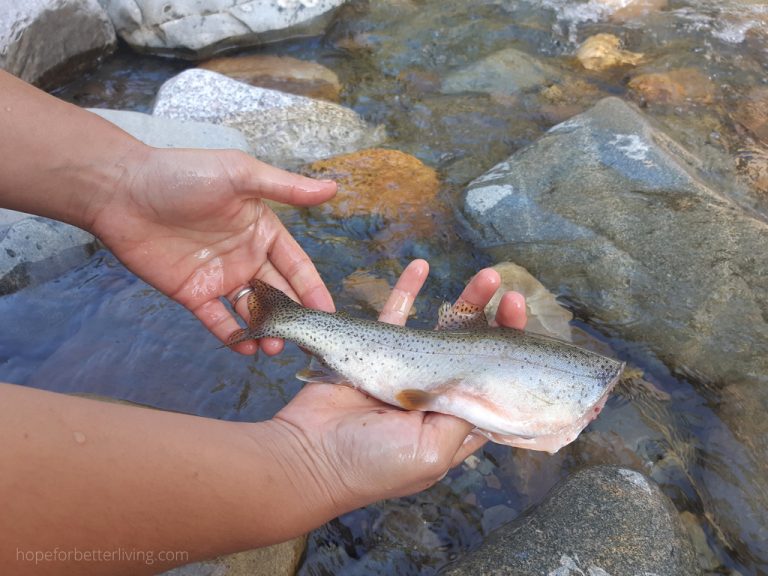
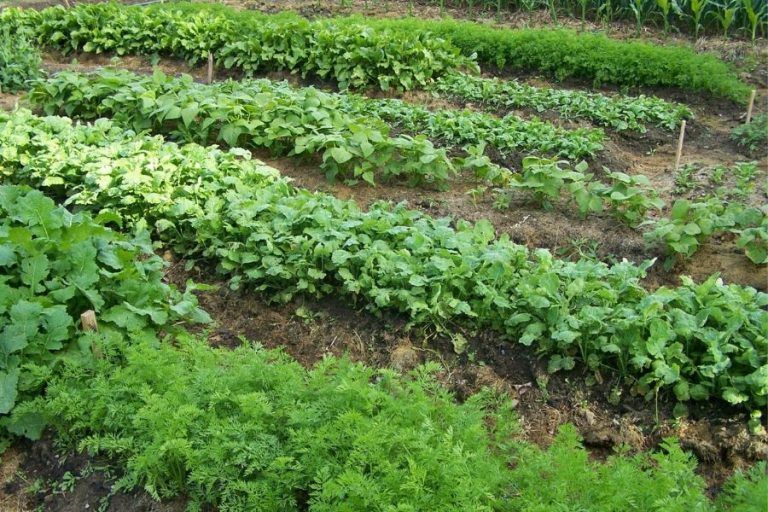
Hi just a quick thought on this, would a poly tunnel popped over the raised bed help to extend your growing season at the beginning and end a bit in order to avoid frost frustration. Just wondering!!
We are in Essex in the UK so not so much of a problem for us but I fully understand the annoyance.
I am playing catch up with your story and tutorials, so much admiration for your tenacity. Just love our raised beds too, have had a lot of success with Greek Gigantes beans this year.
Yes, poly tunnels would extend our growing season by several weeks. 🙂